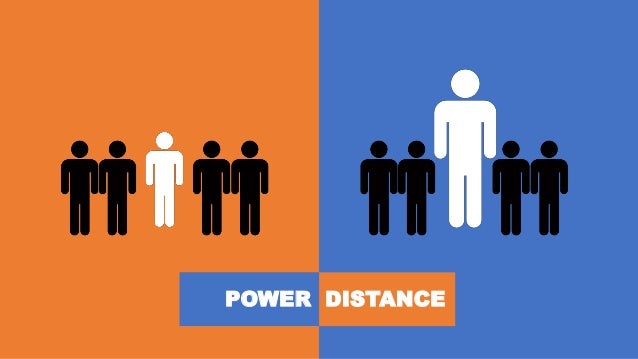Hofstede model: Colombia vs New Zealand
In this post, we will compare Colombia and New Zealand using the Hofstede model. Hofstede's model was created in 1080 by Geert Hofstede and it is used to distinguish differences between national cultures, the dimensions of culture and assess their impact on a business setting.
This model proposes six dimensions that define culture: Power Distance, Individualism, Masculinity, Uncertainty avoidance, Long term orientation, and indulgence.
After search the value of these categories for both countries we got this:
Colombia and New Zealand
Colombia
New Zealand
2. INDIVIDUALISM: This dimension is focused on the degree of interdependence among the members of society. The values of the chart indicate that in New Zealand it is more important the personal goals than collectivism, but for Colombians, it is very important to achieve their goals as a group.
3. MASCULINITY: This dimension indicates if society will be driven by competition, achievement, and success or not. The chart shows that contrary to New Zealand, Colombians are highly success-oriented and driven, they are competitive and status-oriented.
5.LONG TERM ORIENTATION: This dimension considers the extent to which society deals with the challenges of the present and future. The charts show that both cultures are normative, which means that these countries are focused on the near future.
.








Comments
Post a Comment